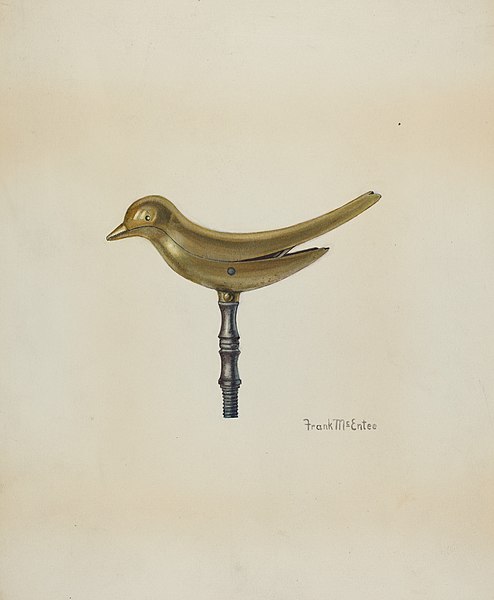In sewing and haberdashery, notions are small objects or accessories, including items that are sewn or otherwise attached to a finished article, such as buttons, snaps, and collar stays. Notions also include the small tools used in sewing, such as needles, thread, pins, marking pens, elastic, and seam rippers. The noun is almost always used in the plural. The term is chiefly in American English. It was also formerly used in the phrase "Yankee notions", meaning American products. A fabric store will have a section or department devoted to notions, and a spool of thread is considered a notion.
Some sewing notions: a pin cushion, pins, buttons, hooks and eyes, seam ripper, and sewing chalk
Sewing is the craft of fastening or attaching objects using stitches made with a sewing needle and thread. Sewing is one of the oldest of the textile arts, arising in the Paleolithic era. Before the invention of spinning yarn or weaving fabric, archaeologists believe Stone Age people across Europe and Asia sewed fur and leather clothing using bone, antler or ivory sewing-needles and "thread" made of various animal body parts including sinew, catgut, and veins.
Sewing Fisherman's Wife by Anna Ancher, 1890
Seated woman sewing a kimono, Utagawa Kuniyoshi, in the early 19th century. Different cultures have developed diverse sewing techniques, from methods of cutting fabric to types of stitches.
A sewing bird or sewing clamp provides a "third hand" to hold fabric taut. Watercolor by Frank McEntee, National Gallery of Art, Index of American Design.
Early 20th century sewing in Detroit, Michigan





